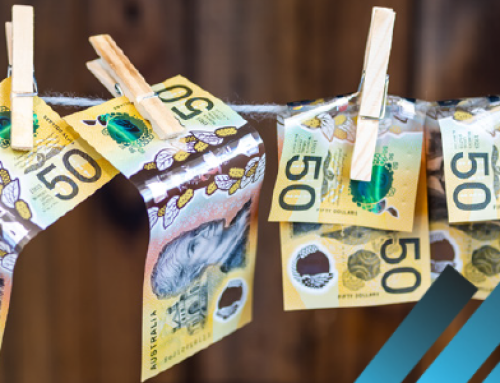Valuation within the creative arts is evolving as new markets develop alongside established ones. Traditional fine art and antiques now share attention with fast-growing collectable sectors such as trading cards. These shifts are prompting valuers to reassess established principles and adapt to changing market dynamics.
In traditional sectors, valuation frameworks have been shaped by decades of academic scholarship, institutional records, and consistent market data. Provenance is supported by catalogues raisonnés, gallery histories, and museum archives, providing a solid evidentiary foundation for determining authenticity and comparative value. Condition reports, exhibition records, and sales histories further assist in establishing reliable benchmarks that guide valuations across time. This creates a structured environment in which the valuer’s professional judgement is informed by transparent, verifiable information.
By comparison, newer creative and collectable markets often operate in more fluid and decentralised environments. Prices can rise or fall rapidly depending on online sentiment, influencer engagement, or media attention. Authenticity may rely on holograms or community consensus rather than traditional documentation. This makes the process of identifying appropriate comparables more complex, as data is fragmented and influenced by behavioural factors. Valuers must therefore apply analytical rigour while acknowledging that market maturity and transparency vary significantly between asset types.
The psychology of collecting for artwork and collectables also plays an expanded role, with demand often driven by emotional connection, nostalgia, or perceived exclusivity. Understanding these behavioural dimensions is becoming as critical as understanding material composition or craftsmanship.
Across both traditional and emerging markets, a consistent principle remains, this being that credibility depends on evidence-based reasoning and transparency. While markets evolve, the valuer’s role in articulating how value is derived continues to anchor client confidence. By comparing established and new asset classes, valuers can refine their methodologies, identify transferable lessons, and ensure that professional standards remain robust across changing contexts.
These themes will be explored in detail during the 2025 AVAA Auctioneers and Valuers Symposium – Sydney on 27 November 2025. The session Approaches to Valuation in Traditional and New Creative Arts will bring together experts to examine trends, risks, authenticity, data sources, and market behaviour, offering insights to strengthen valuation practice across diverse creative sectors.
Ends,






